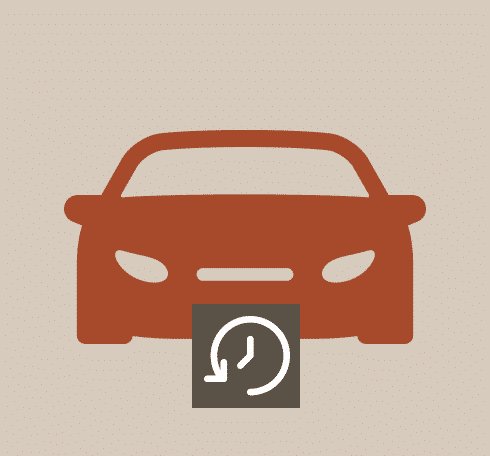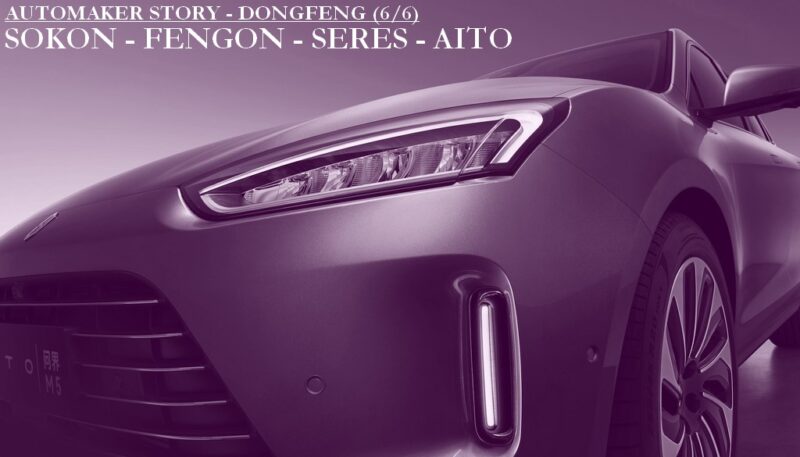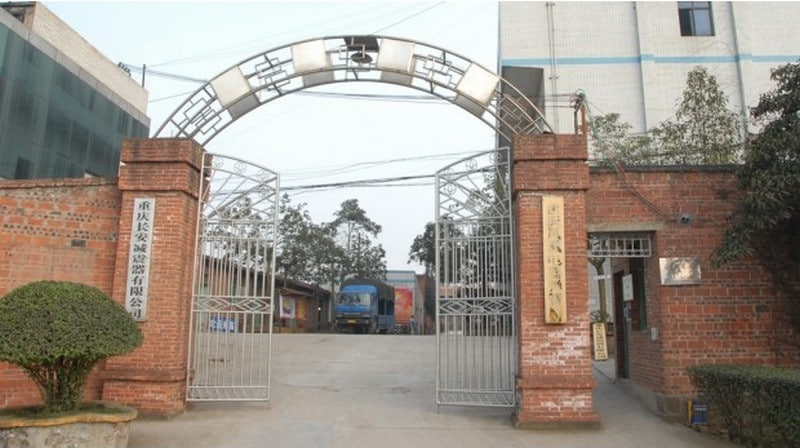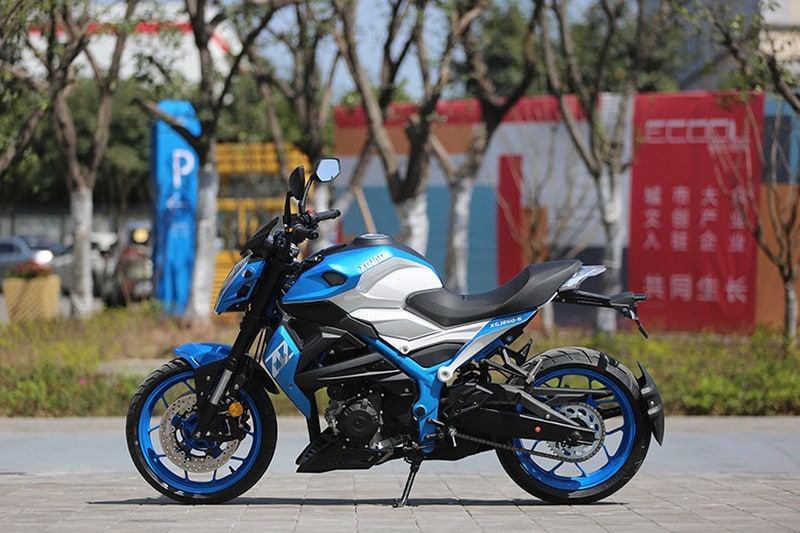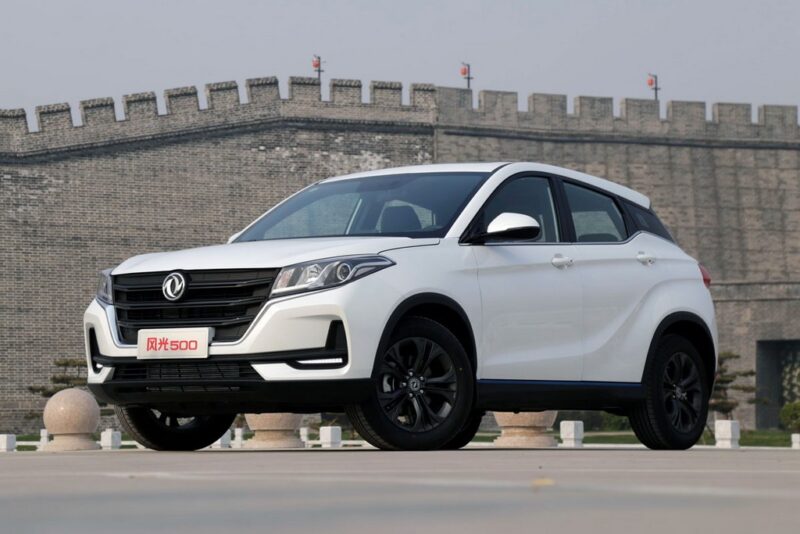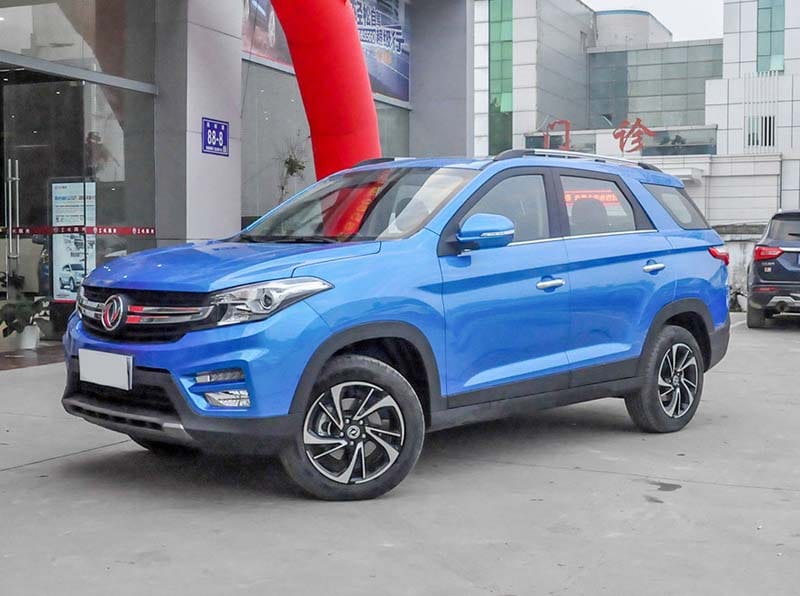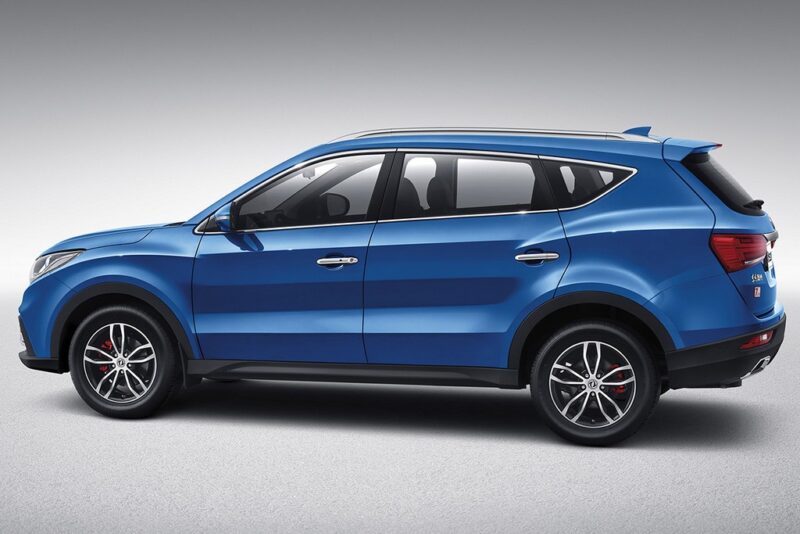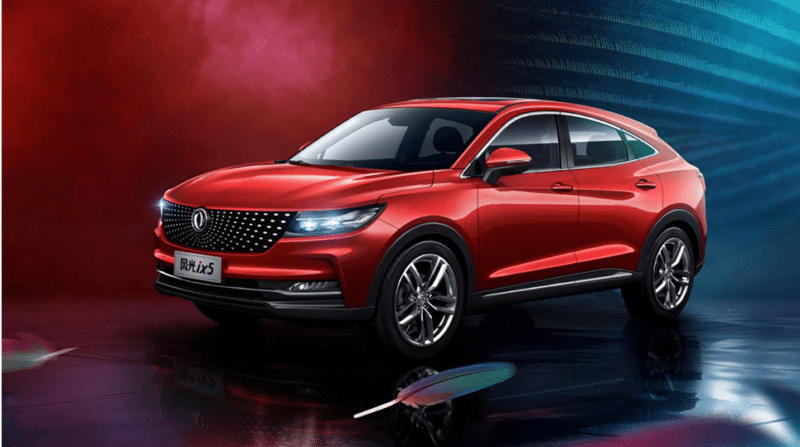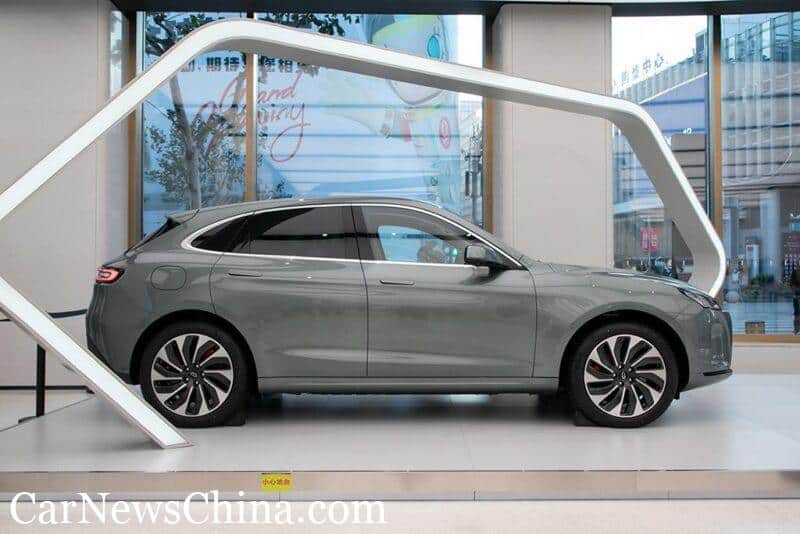The Big Read – Dongfeng (6/6) – Sokon, a family business
Our final visit to the Dongfeng Group brings us to Chongqing. This city in central China, on the banks of the Jialing river, is the home town of the Zhang family. They are the main protagonists in this story, as their company Sokon Industry is an important partner of Dongfeng. Until recently the two companies had a major joint venture, but the relationship has changed since. But that’s for a little later.
First let’s start with the Zhang family. Loyal readers may remember that BAIC Group has a joint venture with Chongqing-based Yinxiang Group. Yinxiang is also owned by a family called Zhang, but these Zhangs are unrelated to the Sokon Zhangs. With that piece of information out of the way, let’s start the story.
Fenghuang springs
On September 1, 1986, the then 23-year old Zhang Xinghai starts his first enterprise. It’s a factory in Fenghuang Town, Chongqing, making springs for domestic appliances and car seats. First it’s called the Baxian Fenghuang Spring Factory, but within a year it’s renamed Chongqing Fenghuang Spring Factory. Xinghai is the youngest of three brothers and his older siblings Xingli and Xingming join the business at some point, but I can’t find out when exactly.
The factory is a small enterprise at first, but it is on a path of continuous development and growth. In about ten years time it becomes a significant factory and then Zhang Xinghai begins to look for diversification into new products.
Yuan shock absorbers
In late December 1995, Zhang renames the company to Chongqing Yuan Shock Absorber Co., Ltd. This is a clue on which new product the company has decided: shock absorbers. Yuan starts producing a wide range of products for bicycles, motorcycles and light cars. It’s quite a logical progression, because at the time Chongqing has become the major hub for motorcycle production in China. There are plenty of customers.
Yuan sets up its own R&D and develops products like an upside-down front fork or pressurized shock absorbers. Making the right product in the right place, helps the business grow exponentially. It conquers the domestic market, becoming the main shock absorber supplier in China, and Yuan starts to export its products to other Asian markets. The first is Vietnam, that has quite a large moped industry. The next step in Yuan’s expansions seems entirely predictable.
XGJAO motorcycles
Being in the heartland of China’s motorcycle industry and a major supplier to it, it is only a matter of time before the Zhangs eyed their own motorcycle brand. The Chinese motorcycle market is entirely different from the Western and Japanese one. In China motorcycles are a primary form of transportation, they are a utility vehicle. It’s reflected in the engines: usually single cylinder units of 125 or 250 cc. In the West motorcycles are mostly leisure vehicles and often high-performance ones.
Zhang Xinghai sets up Chongqing Xin Ganjue Motorcycle Co., Ltd. in July 2002. The name literally translates as ‘New Feeling’, but the chosen brand name is XGJAO (don’t ask me how to pronounce that). Zhang chooses an interesting strategy for XGJAO: the brand will make sporty motorcycles. Still, local engine supply was restricted to the small capacity motors, so the sportiness is mainly in the marketing and design of the machines. But it’s a small departure from the mainstream Chinese motorcycle brands and leans a little towards the Western leisure market. Apart from sports bikes, XGJAO also makes naked bikes, dirt bikes, ATV’s and even a chopper.
To underline the sporty pedigree of the brand, XGJAO sets up its own racing team. It participates in the China Road Racing Championship in various classes and has won races and even a championship.
Even more than the automobile industry, the Chinese motorcycle industry is often associated with copying the international brands. XGJAO is no exception. The brand seems to like Yamaha design in particular, since several of their products resemble models from the Japanese company. Like the shock absorber company, XGJAO also tried to export its products. Small amounts of motorcycles are shipped to Europe, but the small engines stood in the way of success. In the domestic market, XGJAO is not among the largest manufacturers, because it doesn’t have an extensive line-up of (electric) scooters. Still sales have risen to about 500.000 motorcycles produced annually.
With the growing number of companies, Zhang Xinghai fels the need to set up a proper corporate group structure. He and his two brothers control Chongqing Yuan Innovation Technology Group, established in early 2003. The motorcycle and parts companies become subsidiaries of this new holding. And the next company is already underway.
Xiaokang mini-vehicles
Apart from motorcycles, Zhang also thinks about making cars. And this is where Dongfeng enters the story. Zhang eyes the segment where Wuling and Changan dominate, that of minivans and minitrucks. Since Dongfeng has no presence in that segment, a cooperation is logical. And so Dongfeng and Yuan Innovation set up Dongfeng Yuan Automobile in June 2003, only a few days after Dongfeng Nissan was established.
The new joint venture enters a technical licensing agreement with Suzuki and goes to work on their first car. The technical design is a joint project, Dongfeng provides a factory for assembly and Yuan acquires the Huaihai engine factory (Huaihai was a small scale mini-vehicle manufacturer). It takes two years, but then the new car is ready for launch. The K-series minivan is the typical boxy example of the genre, but still easily recognizable. As a neat trick, Dongfeng Yuan graces the front facia of the car with BMW-style kidney grille.
Deliveries start in early 2006. For about a year the cars are known as Dongfeng Yuan, but then the Zhangs decide to overhaul their corporate image. In May 2007 Yuan becomes Xiaokang, but I will use use the English translation of that name: Sokon. Yuan Innovation renames itself Chongqing Sokon Automobile Group and the joint venture to Dongfeng Sokon Automobile (DFSK for short). And from now on the minivans are sold as Dongfeng Sokon.
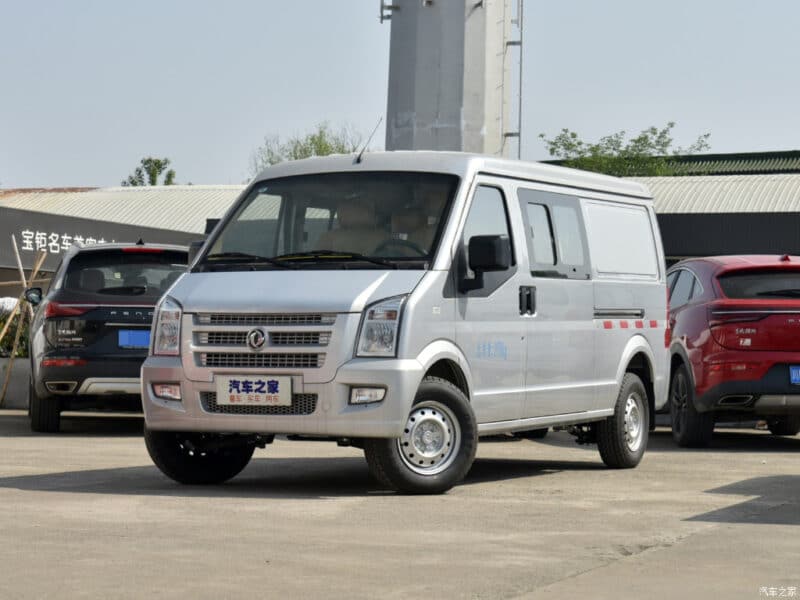
Sokon C35 crewcab van 
Sokon K07 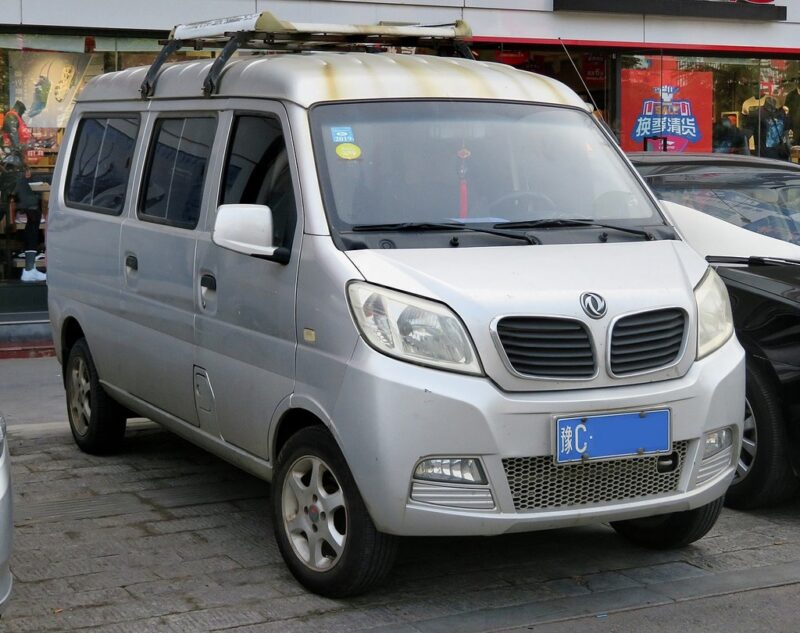
Sokon K07-II (facelift) 
Sokon K07S (2nd generation) 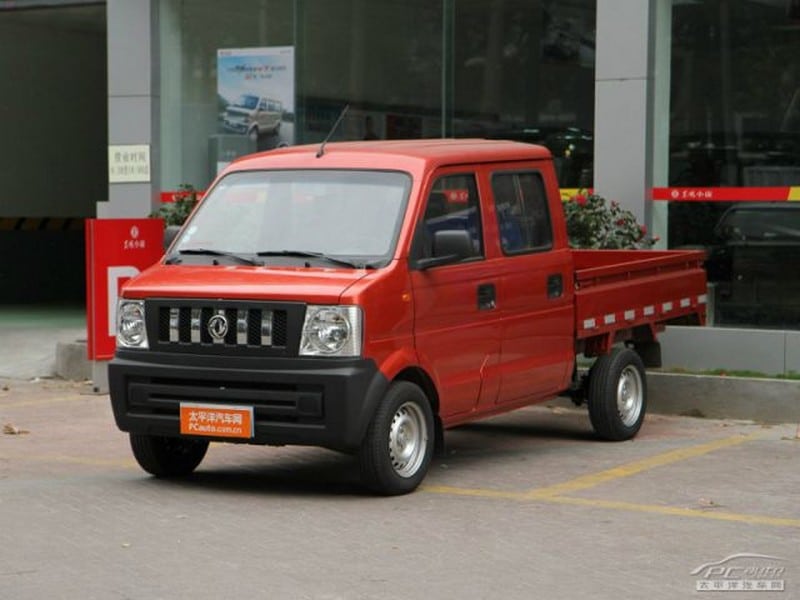
Sokon V22 double cab minitruck
As usual with this kind of car, the Sokon K-series soon appears in a bewildering number of variations. As van or truck, in different sizes, wheelbases, with slight design variations and with many different engines. The K-series receives larger updates in 2009 and 2011, until a new second generation appeares in 2015. On this car the BMW-grille has vanished.
Besides the K-series, Sokon sells two more product lines. The V-series is comparable in size to the K-series, but with much different design. The front has a large waterfall grille and a much more rugged look. The V-series first appeared in 2011. Positioned above those cars, both in size and price, is the C-series. This a larger van or truck, which can hardly be called ‘mini’ anymore.
When Sokon entered DFSK it set up a R&D company, wholly owned by Sokon Group. This company transitions into Sokon New Energy and is later renamed Riuchi Automobile. Riuchi makes electric versions of the Sokon K- and C-series since the middle of the last decade. The company has its own production permit and is not related to DFSK, but wholly owned by Sokon Group.
Fengguang passenger cars
The Sokon mini-vehicles are an instant success. The 500,000th car comes off the assembly line in 2010 and Sokon passes the 1 million mark in 2012. By then it is only trailing Wuling and Changan in the sales charts (for mini-vehicles). The cars are exported as well, even as far as Europe. I’ve even driven one of the K-series minitrucks myself in the Netherlands, as I revealed some weeks ago.
With this strong tailwind driving the brand forward, the next step of DFSK is easily predictable: passenger cars. And once again Sokon followes in the footsteps of Wuling and Changan. The first Sokon passenger car is a compact MPV, rivaling the Wuling Hongguang and Changan Jiexin/Ounuo. Sokon introduces this MPV as the Fengguang F505, where Fengguang is the brandname and F505 the internal development code. The car appeares in 2013, but doesn’t repeat the instant success of the mini-vehicles.
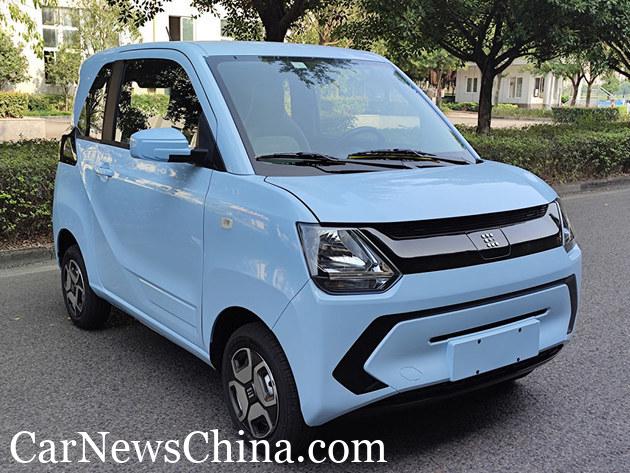
Fengguang Mini EV 
Fengguang E1, Sokon’s version of the Renault K-ZE 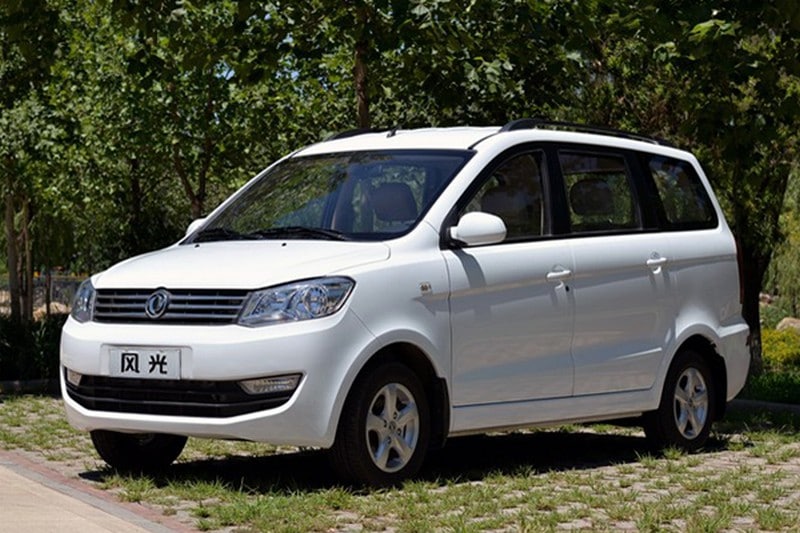
Fengguang 330 
Fengguang 360 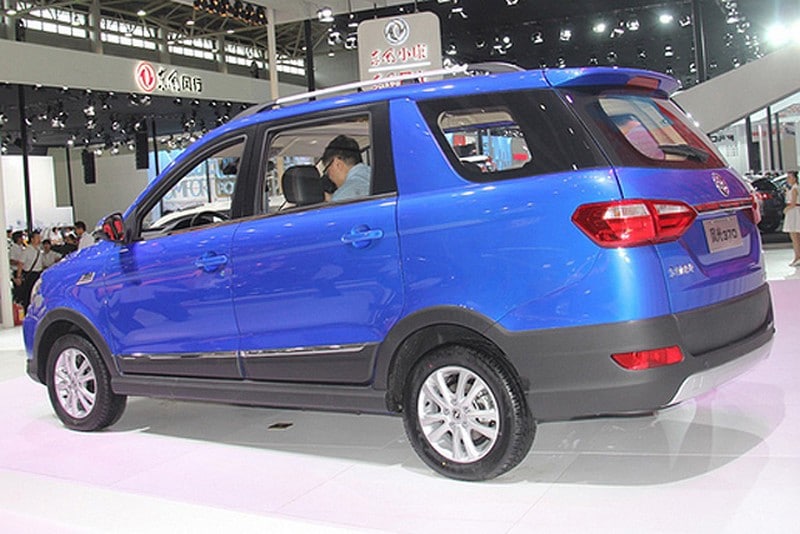
Fengguang 370
DFSK finds that the Fengguang is a little too expensive, so after a little more than a year it re-introduces the car as Fengguang 300-series. The revised car comes in two versions. The 330 offers a smaller engines, basic trim and much lower prices. The 350 is a more up-market version with only the biggest 1,5 liter motor. A few months later a third variant launches. The 360 has plastic cladding on the body and a raised ride height, to mimic a SUV. This kind of car had become rather popular. In late 2015 the 7-seater 370 completes the line-up. The new marketing and pricing of the cars raises its attractiveness and sales are up.
The Fengguang 300-series is exported all over Asia, usually under the brand name DFSK Glory. Together with the minivans it leads to DFSK’s first foreign factory. In 2015 the company opens an assembly line in Indonesia. Cars from that factory are distributed to other Asian markets, like Thailand.
After getting set up in the passenger car market, Fengguang eyes a share of the rapidly growing SUV-segment. For that it develops the 500-series. The Fengguang 580 appeares in 2016, the slightly smaller 560 a year later. Versions of the latter with a CVT transmission are called S560. A more luxurious variant of the 580 launches in 2019 as 580 Pro. By then the Fengguang brand name is replaced by its phonetic English equivalent Fengon.
The first car introduced as Fengon, is the ix5, a sporty SUV Coupe based on the 580. It is DFSK’s attempt for a more up-market model. The ix7 joines by the ix5 in 2019. This car is also based on the 580, but larger and with different styling. Fengon’s latest car is on the other end of the spectrum, below the 560/580. This 500 is a compact SUV, basically the combustion version of the Fengon E3. This E3 was Fengon’s entry into electric cars, while the same model is also on offer as Ruichi or Seres (more about that brand in a moment).
All in the family
Over the years Sokon Automobile goes through several corporate changes. First of all, Sokon Automobile becomes Sokon Industry Group in 2011. Then the ownership structure is changed, with two new holding companies set up. Sokon Holdings is jointly owned by the three Zhang brothers. Yuan Automobile Industry is owned by the larger Zhang family, the three brothers and some twenty odd other members of the family. Together these two holdings control Sokon Industry. In 2016 Sokon Industry gains a listing on the Shanghai stock exchange, while the Zhang family stays in full control.
Within the Sokon Group, DFSK becomes the biggest and most profitable operation. As this was a 50/50 joint venture, the Zhangs share control with Dongfeng. But in quite a surprising turn of events, this changes in 2019. Through an equity swap, Sokon Group becomes the 100% owner of DFSK and in return Dongfeng gaines about 28% of Sokon Group. With that, Dongfeng becomes the second largest shareholder of Sokon after the Zhangs. In 2021 the three Zhang brothers all resign from their duties as directors of various Sokon companies and they are replaced by the next generation. Sons of Xinghai, Xingli and Xingming take over. The three older brothers remain the main shareholders.
So Sokon and DFSK are both independent from Dongfeng, although the state-owned manufacturer remains an influential shareholder. It’s quite an unique set-up, usually the large manufacturers likes to be in control rather than being a minority shareholder. The final chapter of the Sokon story is about a subsidiary that has been out of Dongfeng’s realm since its inception.
Seres new energy vehicles
Sokon decides to become a New Energy startup in the early 2010’s. There are plenty of Chinese examples doing the same, but Sokon goes about it slightly different. They choose to set up camp in… San Francisco. Yes, in the United States. The company gets the name SF Motors and is officially incorporated in January 2016. First high profile employee: Martin Eberhardt, former Tesla founder. To underline their intent, SF Motors soon acquires a former AM General assembly plant in Indiana.
SF Motors is established by Xinghai’s son, Zhang Zhengping and sets off on the ambitious course shared with many of the startups, both in China and Silicon Valley. Smart, electric vehicles and autonomous driving capabilities are the keywords. In order to speed up the process, Sokon acquires Eberhardt’s battery company InEvit, along with EV pioneers and drive train specialists AC Propulsion and E.Motors. As a result, SF Motors presents two vehicles in March 2018, a mid-size SUV christened SF 5 and a larger SUV Coupe called SF 7.
Sokon always had the intent to produce the cars in the United States and China. For the domestic market Sokon revamps one of its subsidiaries (Dongkang New Energy, an electric motor manufacturer) into a NEV manufacturer called Jinkang New Energy. Jinkang receives a production permit in 2018 and starts construction on a new smart factory in the Liangjiang district of Chongqing, which was finished in late 2019.
Meanwhile trade relations between China and the United States become very strained, coutery of White House politics. Sokon sees too many problems and halts its operations in San Francisco. Employees are laid off and the SF Motors equity is transferred to Jinkang New Energy. In mid-2019, Jinkang presents the Jinguo (“Golden Fruit”) SF5 production model for China and announces both BEV and EREV drive trains. The company quickly decides that the brand name was no good and changes it to Seres.
Seres’ first production model is called ix3 (in China, just ‘3’ in export markets) and it’s basically a conversion of the combustion model Sokon 500. The SF5 follows in the summer of 2020. The main focus is on the EREV version, with a large battery pack and small range-extender. It is much like the LI Auto One, only with a much sportier body. Although the SF5 receives quite a bit of attention in the press, sales don’t take off like the LI Auto competitor.
In order to boost sales, Jinkang Seres does a deal with network company Huawei. The SF5 gets an ‘Huawei Inside’ version, with the phone company’s smart cockpit software, and becomes the first car to be sold in Huawei stores. It helps a bit, but Huawei has bigger plans. Like many of the Chinese tech companies, it wants to have its own car brand. The deal with Seres paves the way. Earlier this year a heavily restyled version of the SF5 appears as Aito M5. Aito is Huawei’s car brand. The M5 is produced by Seres and sold by Huawei. Immediately after the car appears, rumors about a Huawei take-over of Seres start to surface, but Sokon insists it is just licensed production deal. Early indications about Aito sales are positive, so we might have another successful addition among the New Energy startups.
Dongfeng summary
At the end of this six part series, let’s try to draw some conclusions about China’s second federal state-owned car manufacturer. Dongfeng has always been a truck maker in the first place. Soon after its inception it became the second largest truck manufacturer of the country, a position the company retains until today. It’s especially strong in the medium and heavy segment, but also has a significant line-up in the lighter categories, produced in conjunction with Nissan.
Within the scope of this website, the passenger cars are of more interest. Dongfeng’s main contribution there has been as a partner in Sino-foreign joint ventures. Of course, the company has its own brands, but sales trail the nation’s largest manufacturers (Geely, Changan, Great Wall, SAIC, BYD, etc.) by a long way. Dongfeng’s combined sales last year (including Sokon) were about 400.000 cars, ranking it below a medium sized player like GAC.
And there is something interesting going on with these joint ventures. Once Dongfeng was the joint venture king, having more foreign partners than any other Chinese manufacturer. But in the last five years Dongfeng lost Yulon and Renault, its shares in Kia are for sale, lost control of the Sokon joint venture and recently Stellantis announced its desire to acquire a majority interest in Shenlong Automobile, the Peugeot-Citroen joint venture. So that leaves just Nissan/Infiniti and Honda for Dongfeng. These two remaining joint ventures are the most profitable. Both Nissan and Honda do very well, so Dongfeng’s continued status as major manufacturer is not in doubt.
However, the last few years has seen a market shift from joint venture cars to domestic brands and Dongfeng has so far not profited as much as many of its competitors. It has to put more effort into making Fengshen/Aeolus a large mainstream brand and without doubt there is some pressure on the successful adoption of Voyah in the market. In that respect it’s interesting that Voyah goes head to head with the now semi-independent Seres/Aito effort in the extremely competitive New Energy segment.
The prospects of Dongfeng in the coming years are probably a test of the resilience of China’s legacy auto makers. Can they make a successful transition from foundries for international brands to large scale (new energy) vehicle makers in their own right? With the liberalization of the Chinese car market in full swing, there’s a lot to play for.
Read more Automakers Stories
Every week we publish one exiting article about history of famous Chinese Automakers. Check the ones you haven’t read yet.
